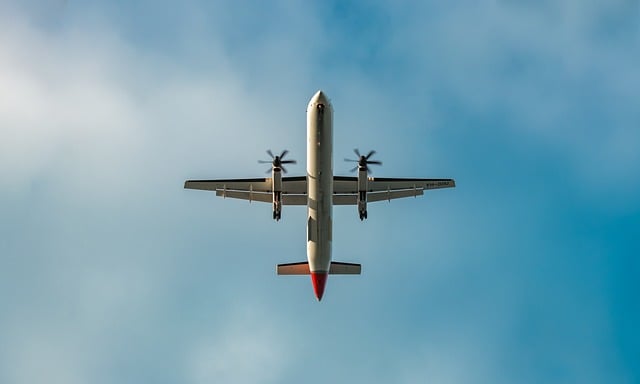This Content Is Only For Subscribers
An out-of-date border agency funding scheme could mean regional airports have to pay prohibitive charges for customs and biosecurity services if they want to establish new international routes, the NZ Airports Association says.
The government’s decision to consult on regulations to give effect to the 2014 Airports (Cost Recovery for Processing International Travellers) Act, 10 years after it was passed, sends a frustrating signal to the aviation and tourism sectors, and to regional communities who would like direct flights to Australia back on the agenda.
“This legislation is well past its use-by-date. It was passed in 2014 when the Crown completely funded customs and biosecurity services. Back then, it made sense to consider how to cover new costs for international services at regional airports,” NZ Airports chief executive Billie Moore says.
“We have a very different system now. Customs and biosecurity costs are covered entirely by the industry through user-pays border levies. These are set at a national level to distribute costs evenly across the network.
“If that nationalised user-pays levy model does not carry over, it will effectively rule out any new international services to regional airports, and reduce competition.
“We welcome the fact that the government has included an option in its consultation that would involve partially recovering new screening costs for regional airports through the existing border levies.
“However, there should also be an option in the consultation to recover all costs this way, to put regional airports in line with existing international airports. It is our view that the legislation does allow for that approach, and it is the best way forward for economic growth.
“The government has bold objectives to double exports and develop our regions -– which we fully support. New international services into regional airports are tangible, direct ways to deliver higher regional incomes, greater prosperity and millions of dollars of GST for the Crown.
“We need to make it easier, not harder, for regional airports to deliver these services.”



